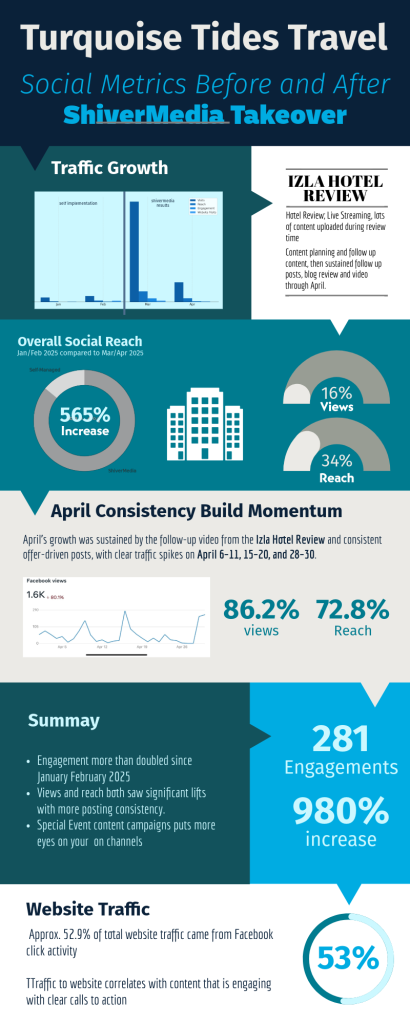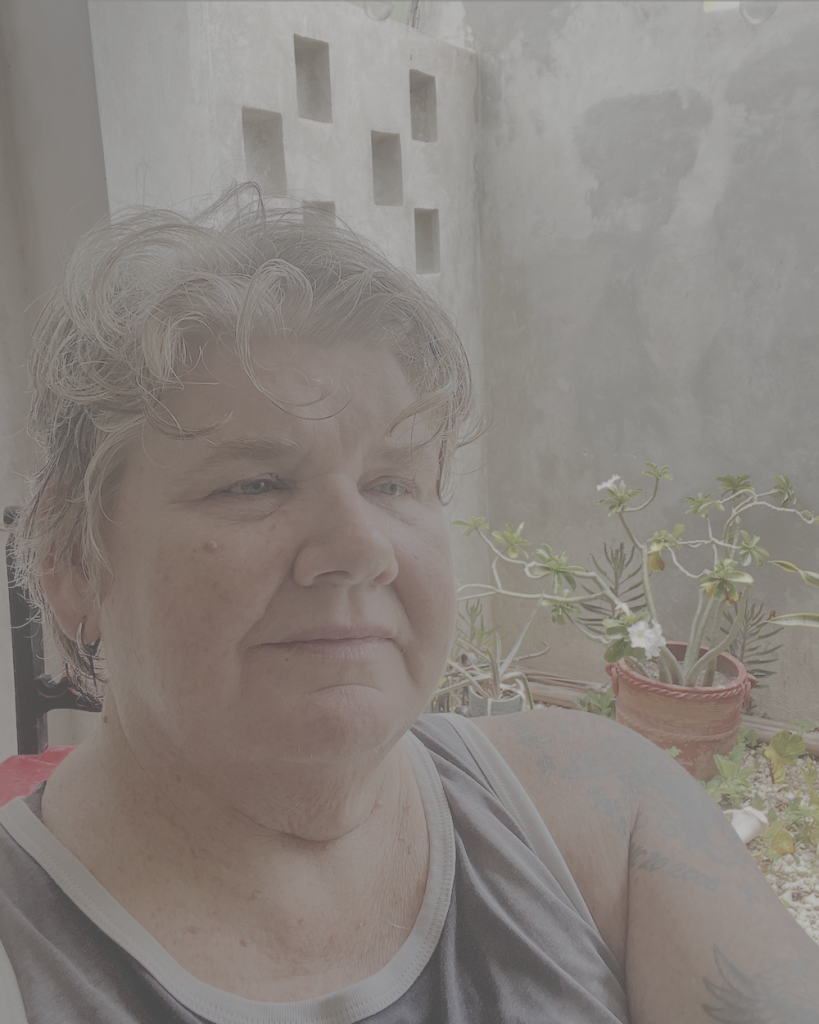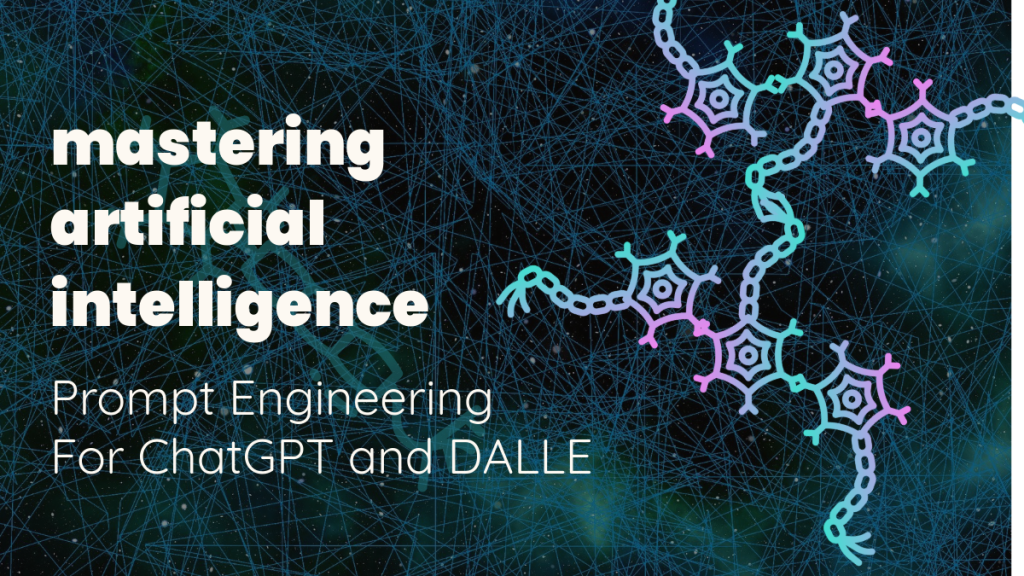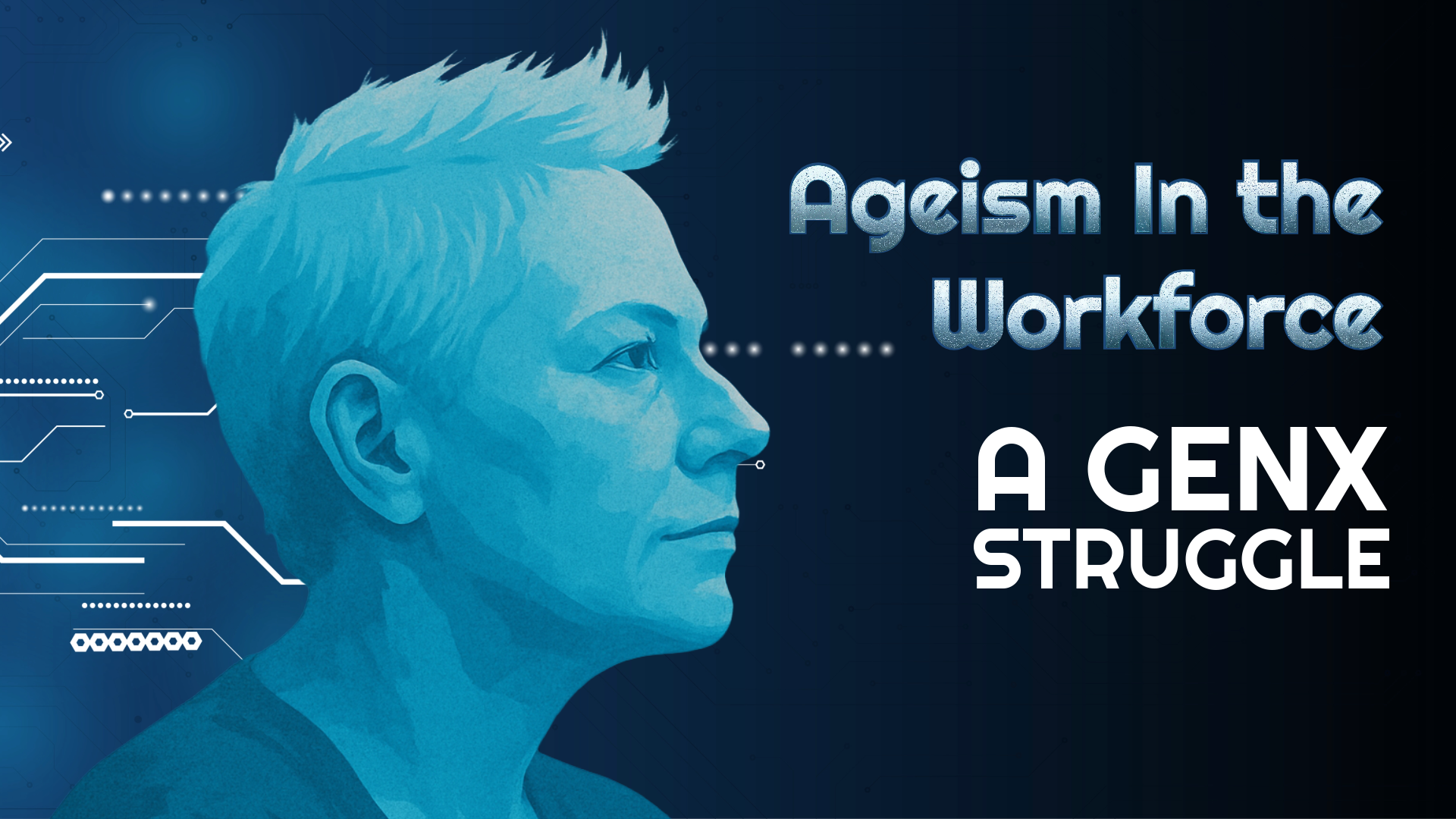In modern marketing, innovation and speed often dominate the narrative. Yet Gen X professionals—seasoned in graphic design, advertising, email strategy, affiliate growth, and content storytelling—face a quiet but systemic exclusion as they move into their 50s. This isn’t about fading ability; it’s about being erased—by hiring bias, automation, and outdated assumptions.
1. Foundations in Design and Strategy
With a background rooted in graphic design and advertising—not tech bootcamps—I spent years building visual narratives that resonated across media. I evolved, growing email subscribers to over 1 million and producing affiliate income of $100K/month for clients like PsychicRealm, Classic, RYPL, and WebKrew. Those campaigns were driven by simple truths: great design, storytelling, consistent delivery—not AI trends chased for novelty.

Most recently, I advised Turquoise Tides Travel on content strategy—resulting in:
- 565% increase in social reach
- 980% rise in engagement
- 86% growth in Facebook views
- Over 52% of web traffic attributable to social content clicks
Those figures show what happens when experience meets consistency.
2. The Reality of Ageism

Despite proven results, the data paints a clear picture: Gen X creatives are being filtered out before their pitch.
That means people with decades of branding expertise are sidelined before their résumés reach a human reviewer.
- 64% of workers over 50 report seeing or experiencing age discrimination on the job (AARP, theaustralian.com.au)
- Nearly 80% have personally witnessed bias at work (diversity.com)
- 74% of those over 50 feel their age is seen negatively by hiring managers (forbes.com)
- In Australia, 1 in 4 employers now view someone aged 51–55 as “older”, doubling that perception in two years (abc.net.au)
3. Algorithmic Exclusion
Human bias is hard enough. Adding AI makes it worse.
- Workday, the HR platform, faces lawsuits for filtering out applicants over 40 before any human sees their résumé (jdsupra.com, callaborlaw.com)
- Recruiters rely on AI trained on historical hiring patterns—reproducing bias: those with long career arcs, resume gaps, or mid-career shifts get penalized (styledispatch.com)
As highlighted in Medium’s coverage of algorithmic ageism cases, “Workday faces a class-action over AI hiring bias—age discrimination goes algorithmic” .
When algorithms mimic recruiter bias and exclude resumes before review, experience becomes invisible.
4. The Financial and Emotional Toll
Ageism doesn’t just slow careers—it steals value and confidence.

- AARP estimates $850 billion in lost GDP, due to sidelining older workers, per studies of age discrimination costs .
- Nearly 90% of workers over 40 report facing ageism (nypost.com)
- Over 60% report subtle bias like being labeled “less tech-savvy” or “resistant to change” (hrvisionevent.com, nexusinsights.net)
The mental weight of repeated rejection—automated or human—builds over time. Promos evaporate. Calls stop coming. Experts forecast this contributes billions lost to morale and potential.
5. Freelance as Survival—and Strategy
Locked out of traditional hiring, many Gen X creatives pivoted into freelance work—and stayed there by choice.
- In the U.S., 64 million people freelance (36% of workforce); 37% of full-time freelancers are over 55 (demandsage.com, clearvoice.com)
- Globally, 1.57 billion freelancers represent 46.5% of workers (bloggingwizard.com)
- About 60% of freelancers report earning more than in full-time roles, especially seasoned professionals setting higher rates (joingenius.com)
What once felt like forced pivoting became a realm of autonomy—clients value expertise, not youth. My contracts now run 3–6 months, client retention rates are 70–80%, and monthly income sits solidly in the $8K–$12K range.
6. AI: Barrier and Opportunity

AI is a double-edged sword for Gen X creatives:
Creates opportunity:
Demands for prompt engineering, automation workflows, storytelling, and human oversight play to strengths. Older creatives often excel in combining AI tools with strategic discipline.
Limits opportunity:
AI hiring filters penalize non-linear résumés or long career histories. Models aren’t trained to weigh context or nuance—they replicate bias from training data that skews toward youth-centric experience.
As noted in Kiplinger’s coverage, AI often misses “the wisdom of older adults,” underrepresenting them both in teams and use case scenarios .
7. Pressure on Gen X in Leadership Pipelines
Beyond content roles, Gen X is shrinking in leadership:
- Once the dominant demographic among CEOs (over 50%), Gen X’s share has dropped from 51% in 2017 to 43% today, squeezed between aging Boomers and promoting Millennials .
- Organizations assume Gen X is outdated—yet they bring exactly the cross-generational literacy AI strategies need.
8. What Needs to Change
Excluding Gen X talent is hurting businesses. Here’s what should change:
- Require human oversight in hiring systems to counter automated bias
- Reframe age labels—stop calling early 50s “old,” recognize core career years
- Implement reverse mentoring models—pair AI-fluent juniors with strategic seniors
- Validate continued training—people over 50 are taking AI/automation courses and staying relevant; signal that value in recruitment
- Increase transparency in AI hiring: run bias audits, establish appeal processes
The Australian Experience Advocacy Taskforce urges this kind of systemic change—letting info and inclusion replace assumptions .
9. Why Gen X Creatives Still Matter
Because marketing is built on human insight—not screeds from bots or uni-generational data.
- Gen X bridges analog and digital, advertising and algorithms, brand storytelling and productivity pipelines
- Results like my Turquoise Tides Travel campaign—or continued performance from email and affiliate systems—prove consistency over novelty
What shuts Gen X out isn’t poor skill—it’s poor systems.
10. Final Reflection
Ageism is structural—not personal failure.
For companies, missing out on Gen X is leaving seasoned strategy on the table. For Gen X creators, the struggle to be heard isn’t declining capability—it’s declining opportunity metrics.
AI doesn’t replace experience—it needs it. But only if systems evolve.
At 57, I’m still delivering growth, month after month, from consistent effort—not fleeting trends. If more organizations valued depth, not just speed, we wouldn’t be forced to prove ourselves again and again.
This is more than work. It’s a fight for credibility—and experience deserves its seat at the table.
